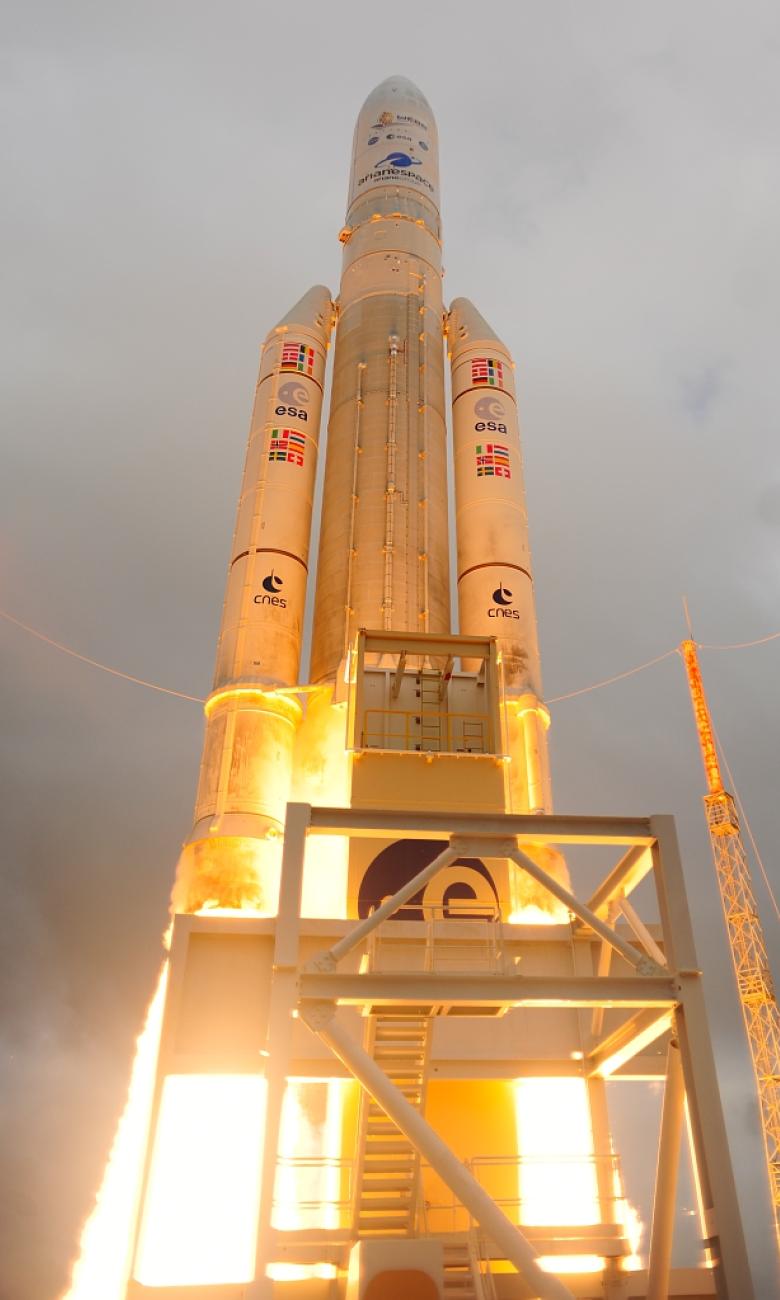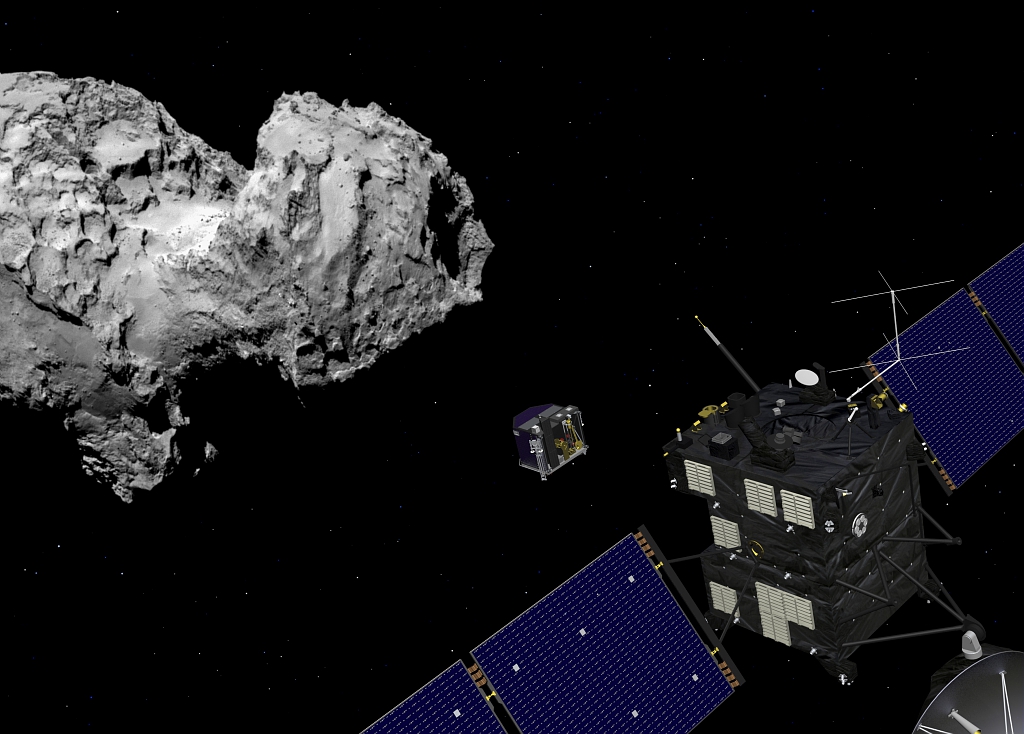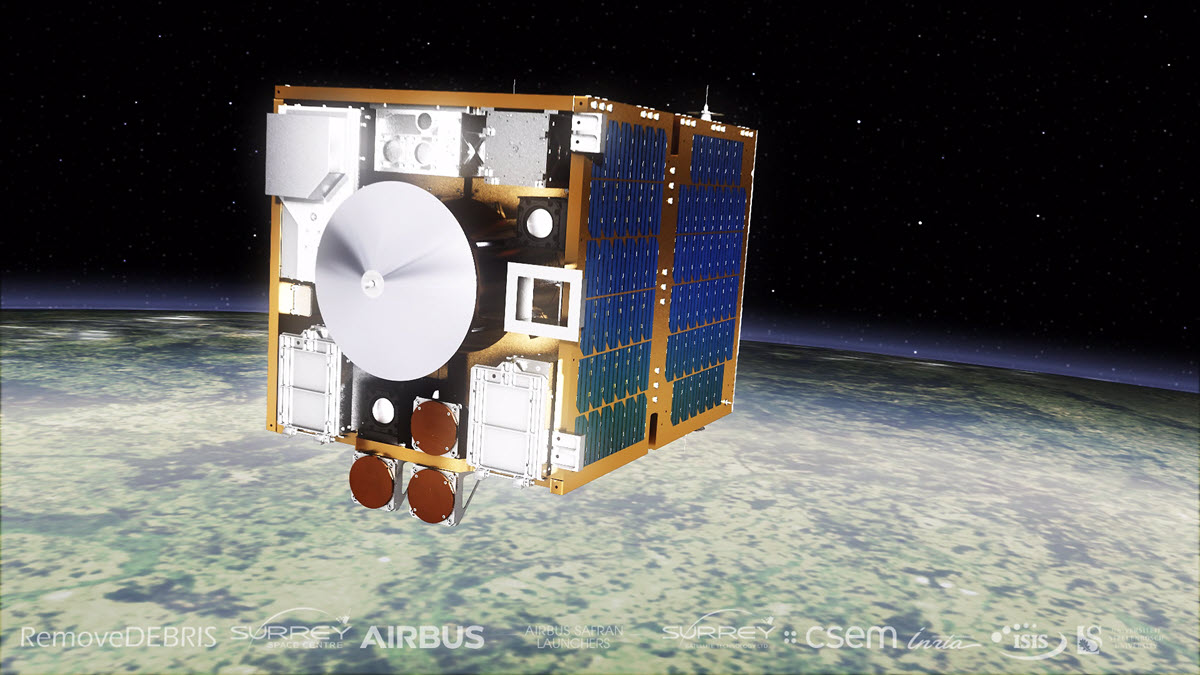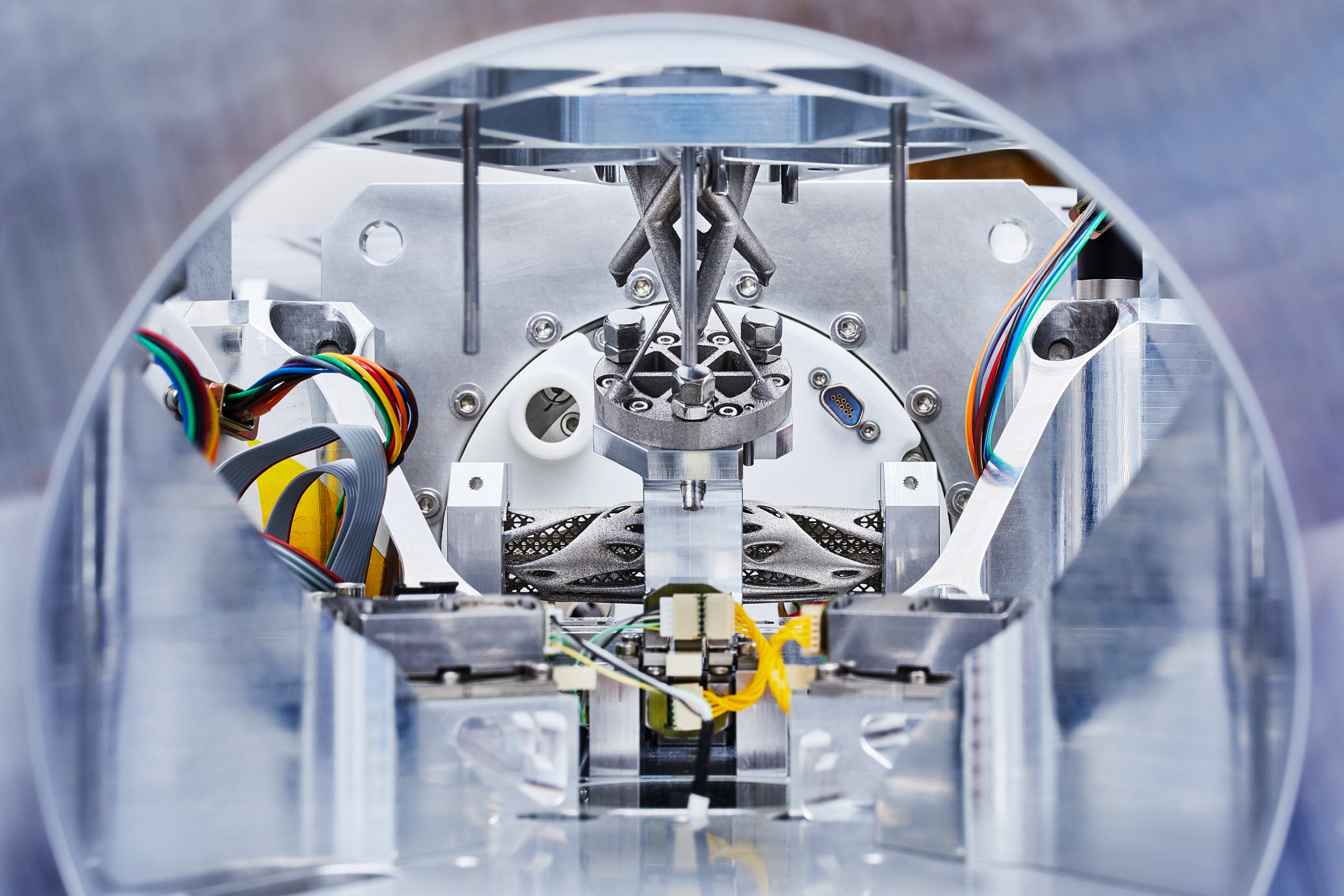Switzerland’s key role in space exploration
The applied research company CSEM – the Swiss Centre for Electronics and Microtechnology – has become an important player in the space exploration community by providing highly precise scientific instrumentation for satellites and telescopes.
CSEM is recognised worldwide as a specialist in miniaturisation, precision manufacturing, digital technologies and sustainable energy. Since its creation in 1984, this innovative company has played an active part in the observation and exploration of space, and of the Earth. Its expertise in cutting-edge technologies also leads to benefits for the Swiss economy, and SMEs are regularly associated with its space projects, with ample opportunities for technology transfer.
Below are some highlights of CSEM’s involvement in space exploration.

Hipparcos satellite – mapping the stars
In the second century BC, the Greek scientist Hipparchus created the first catalogue of known stars, listing almost a thousand astral bodies. More than 2,000 years later, the Hipparcos satellite (HIgh Precision PARallax COllecting Satellite ) took on the task. Launched by the European Space Agency, it initially enabled the precision mapping of more than 100,000 stars. A subsequent catalogue contained two million stars. It also contributed to a more precise dating of the age of the universe.
Whereas Hipparchus used an astrolabe to take measurements, the Hipparcos satellite was equipped with a Schmidt telescope, for which CSEM developed a modulating grid, through which the light collected by the telescope was projected onto sensors. Begun in 1989, this was one of the company’s first ventures in space exploration.
© ESA
Rosetta and Philae – touchdown on a comet
When this project was first conceived at the end of the 20th century, the goal was ambitious and the technological requirements more than challenging. After a ten-year voyage in space, Rosetta arrived at the comet Chury in 2014 and went into orbit. Its lander, Philae, was then released on to its surface to take pictures and obtain information on the comet’s ice and organic crust. The mission ended in 2016 with Rosetta landing on Chury to meet up with Philae again and to remain on the comet forever.
CSEM took part in the development of seven tiny, low-power, robust high-definition cameras. This enabled the Philae lander to deliver the first pictures ever taken from the surface of a comet.

© ESA
Envisat – insights into the environment
The changes in the ozone layer, the melting of the Arctic ice cap, and the receding Aral Sea: these are just some examples of the phenomena the satellite Envisat observed between 2002 and 2012. This information has enabled important insights into climate change and the monitoring of atmospheric pollution.
Among the instruments taken on board was MERIS (MEdium Resolution Imaging Spectrometer), which was tasked with gathering oceanographic parameters, and whose calibration mechanism was designed by CSEM. The instrument also delivered impressive images of Hurricane Katrina in 2005, and the volcanic eruption of Eyjafjöll in Iceland in 2010.
© ESA
RemoveDEBRIS – collecting space junk
The multiplication of satellites used for meteorological and communication purposes has resulted in a plethora of space junk floating around. The FP7 European RemoveDEBRIS project successfully sent a satellite into space to test various technologies designed to remove debris from orbit which could otherwise collide with working satellites. The ClearSpace project, led by the Swiss start-up of the same name, represents a logical continuation of this initiative.
CSEM developed a vision-based navigation sensor based on a LiDAR 3D (light detection and ranging) imaging system and a 2D colour camera for taking precise pictures of the target to be captured under difficult lighting conditions. This technology could also be used for missions involving landing on Mars, the Moon, or an asteroid, to enable a variety of spacecraft to land safely, and more accurately, on the surface. These components are used in both the above-mentioned projects.

© European FP7 consortium
MTG 2023 – sounding the atmosphere
Jointly led by EUMETSAT and the European Space Agency, this mission will comprise three pairs of satellites – four MTG-I imaging and two MTG-S sounding satellites – which will be placed in geostationary orbit 36,600 km above the Equator. Together, they are expected to improve data quality and accuracy, being able to provide very short-term weather forecasts, including severe warnings. It will also enable monitoring of the climate, small particles in the atmosphere such as volcanic ash, and air pollution.
In this new fleet of MTG satellites, the infrared sounder will play a significant role, measuring the water vapour and temperature structure of the atmosphere, both being essential for a more comprehensive understanding of the impact of climate change. CSEM has developed – in partnership with Thales Alenia –a ‘corner cube’ mechanism for this instrument. This enables a constant probing of the IR spectrum, whose characteristics allow the calculation of water vapour quantity and temperature.
© ESA
PULSAR – innovation enabling deep-space exploration
Space telescopes give scientists unprecedented insights into how our universe works. The Hubble telescope led to major breakthroughs in astronomy, and expectations are high for its successor, the James Webb Space Telescope. Launched on 25 December 2021, the satellite arrived at its destination on 24 January 2022 (1.5 million kilometres from Earth). However, the potential for further discoveries is running up against a physical limit: the actual size of the telescope. The solution is to send separate components into space and assemble them in orbit using autonomous robots, and this approach is being examined by the EU-funded project PULSAR.

© ESA
CSEM was one of eight organisations involved in the project, and concentrated on the development of a key component – the mirror tiles that capture the images. Two of the six tiles are equipped with tripods, enabling them to adjust their position with a degree of precision of one micron. The software used to control and calibrate the system was also developed by CSEM engineers.
For the moment, all eyes are on the James Webb Space Telescope.




